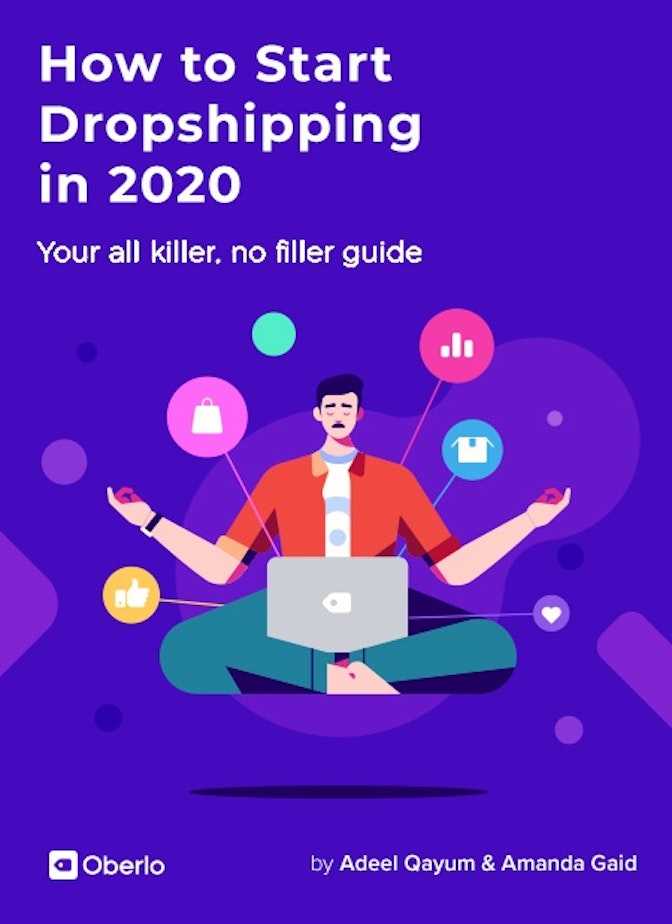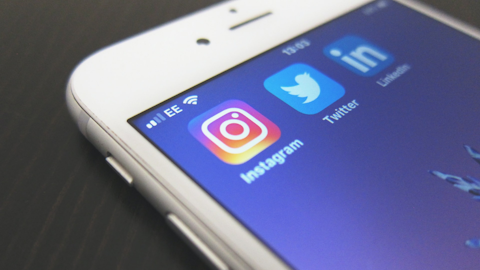Adeel here. A brand encourages people to take action by highlighting the unique aspects of a business. It also gives depth to your online presence and tells your audience that they can trust your company.
Think about Nike and LEGO for a moment.
What attracts people to those websites? Personality. Branding.
So if you want to succeed as a dropshipper, you need to create a memorable brand.
Your brand is the single most important investment you can make in your business.
– Steve Forbes, Editor-in-Chief of Forbes Magazine
Building one from scratch, though, can seem intimidating. There’s a logo to be designed, a story to be told, a font to be picked and the list goes on. 😳
Yet if you understand what goes into each step of ecommerce brand building, you can make one that can help take your store to the next level.
So let’s start with the first step of branding your store: logo creation.



Create a Logo
A logo is probably the first thing people notice when they visit an online store. And it’s not hard to understand why – it’s the face of a brand, after all, and is potentially representing the company on all fronts, including the web, social, and even offline.
Coming up with a stunning logo, however, is not just time-consuming, but can also be a big challenge to overcome for non-designers.
→ Click Here to Launch Your Online Business with Shopify
That said, creating a unique, identifiable logo is still possible. And you have more than one option for achieving the purpose.
You can:
Use an Online Logo Maker
You can’t afford to hire a professional designer when you’re working with a limited budget. Thankfully, Oberlo offers an online logo maker that’ll let you create the logo of your choice.
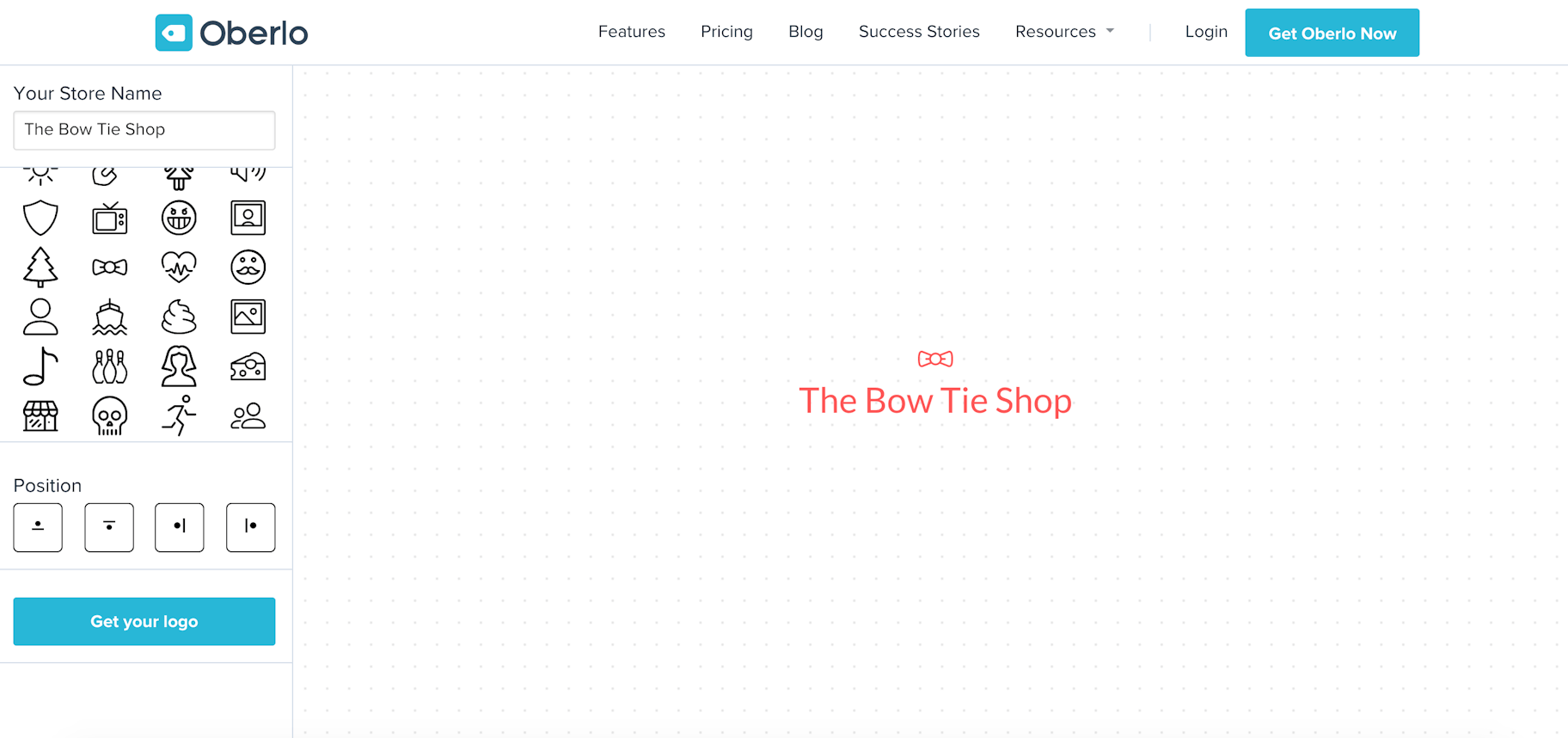
Once you’ve entered your store name, you can choose between a great selection of icons, and play around with the color, size, frame, and positioning. And the best part is that it’s free to use.
Another option at your disposal is Hatchful. It’s a free logo maker by Shopify that lets you create elegant designs. Launch its website, choose your business space, select the visual style, and pick the logo that fits your needs.
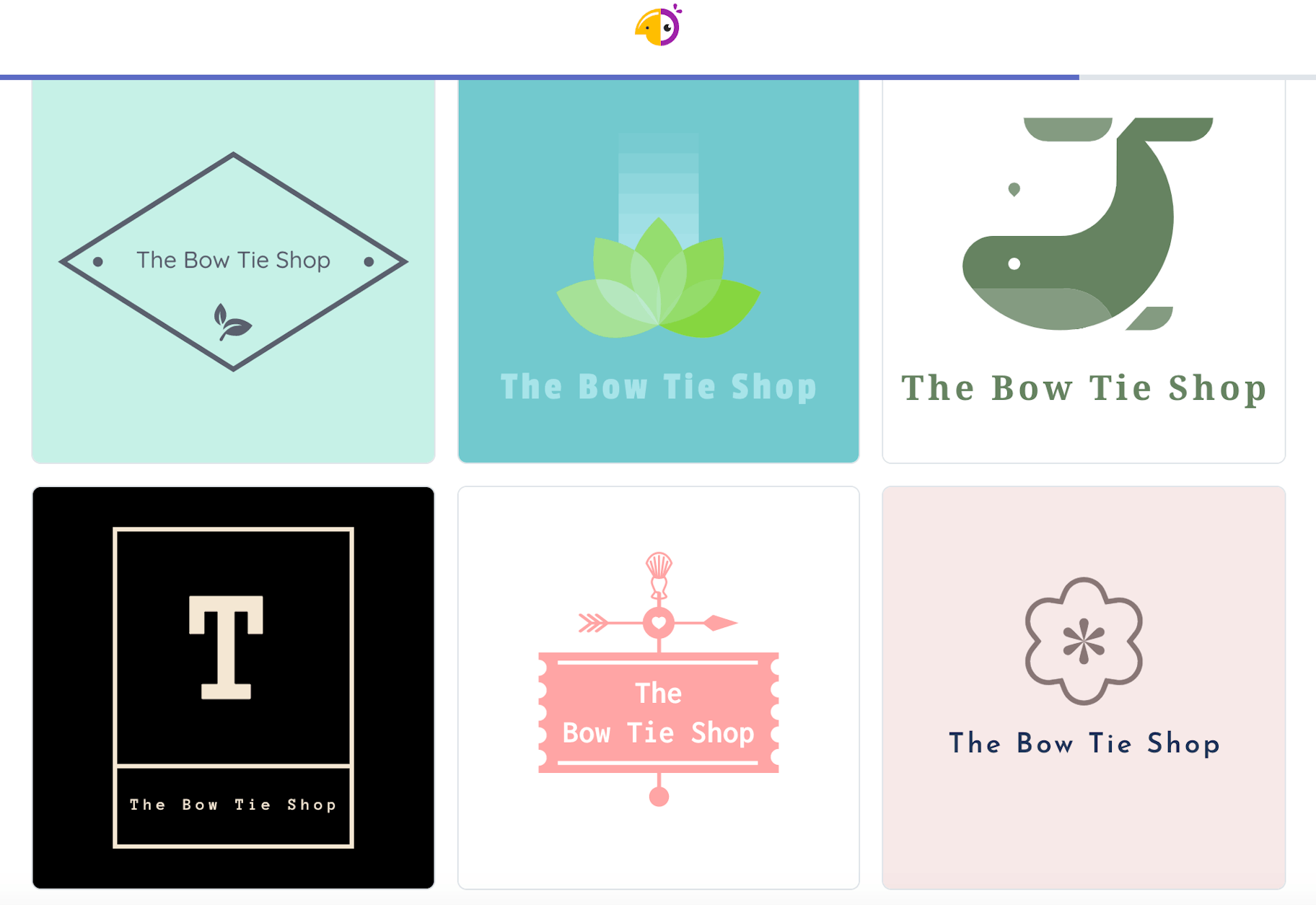
| 🕒 Tip Time
If you’re looking for more options, here are the top 20 logo makers that’ll help you create a nice logo. |
Outsource It
You can hire someone to design a logo for a low cost ($5-$20) on Fiverr.
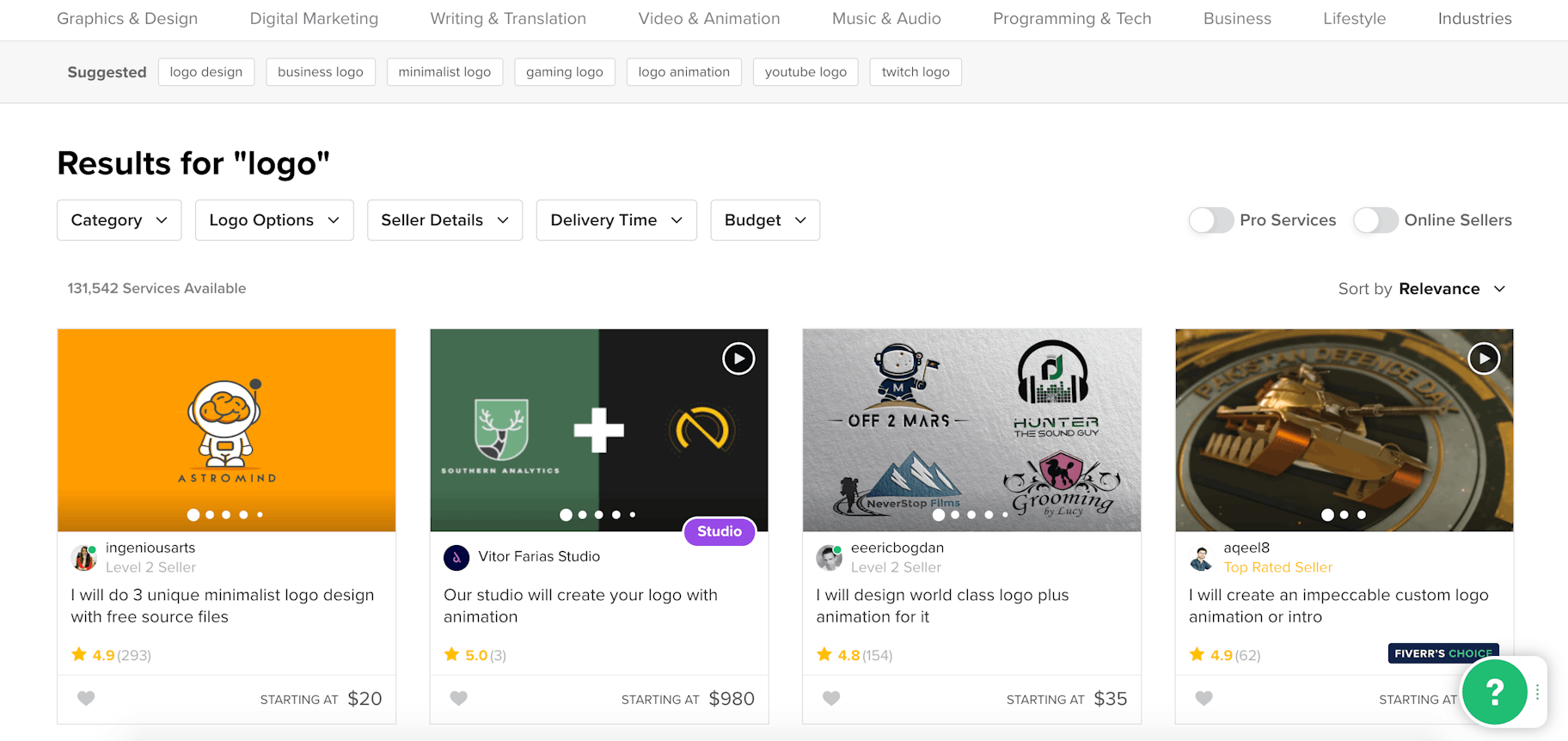
The site connects you with designers who can execute your brand’s vision with a good-quality logo. It also lets you choose design partners if you don’t have a clear idea of what you need or want someone to help you pick a design direction.
I’ve personally used Fiverr to get a logo made for one of my stores.
One of the main things I learned is that the instructions you provide to the designer need to be as clear as possible. Otherwise, you may end up being disappointed with the result.
| 🏆 From the Pros
Dropshipping pro Tim Kock – who’s had many dropshipping stores, one of which earned him $6,667 in under 8 weeks – emphasizes on giving a thorough explanation of your requirements: “I have basic Adobe Photoshop skills, but I didn’t want to create a logo for my business – I’m just not as good as a professional. So, I hired a freelance web designer on Fiverr to help me create the logo for my store. After receiving a short description of what my business was, and the expectations that I had for the design, they got to work. I received my final design two days later. I wasn’t thrilled with the outcome, but I decided to keep it with slight changes. I accepted that this is my mistake and that I didn’t provide clearer instructions. Fortunately, this could be fixed easily. Although the logo had the color gradient I wanted, I changed it to an orange tone instead and got the desired result.” |
Both Fiverr and using an online logo maker work well for aspiring dropshippers.
I recommend having your logo in a couple different file formats, including a JPG and a PNG. Create a folder on your computer to keep these branding elements in.
Design the Main Banner
One of the most exciting features of Shopify stores is the homepage banner. You can create a cool looking banner in a matter of minutes. Google “banner creators” and the search engine will present you with a variety of solutions to help design your main banner.
One of the best banner creation tools is Canva. Here’s how to use it for making a banner image:
- Open Canva’s online banner maker
- Select banner dimensions (1200x360px)
- Upload an image of one of your products
- Select a contrasting background
- Insert a few lines of text
- Add a “Buy Now” button
And you’re done.
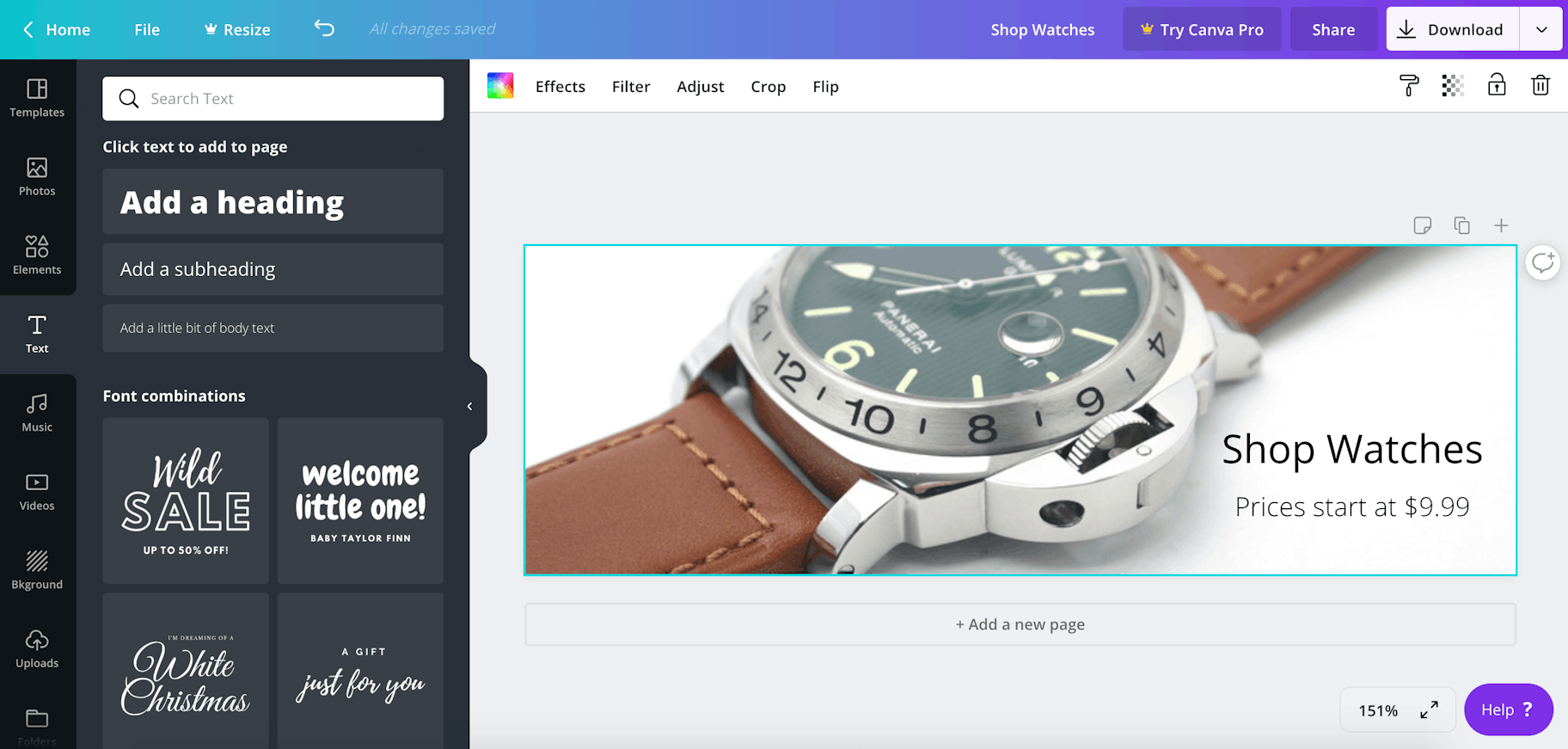
You can also use Canva’s templates to design something visually appealing. They have shapes you can incorporate into your design to make things pop. Look through the templates for inspiration to design a banner that wows.
Overall, Canva is user-friendly and allows even someone with little design experience to create a unique banner.
You can now insert this banner into your ecommerce store by taking these steps:
- Log into your Shopify store
- Click Online Store > Themes
- Choose Customize Theme > edit Homepage Slideshow.
- Upload your banner
That’s it.
Pick a Font & Color Scheme
Apart from your logo, your font and color scheme will be essential parts of your brand. You probably got an idea of different fonts if you were making a logo in Canva.
Take a minute to think about logos you’ve seen and what kinds of moods they create for you when you look at them.
As for colors, you’ll just need two or three.
For example, if your target audience is feminine and super girly, you might want to consider traditionally feminine colors like pink and purple.
| 📖 Ecommerce Dictionary
target audience: The group of people who you think will be the best customers for your products. Companies use marketing and promotions to try and make sure their target audience sees their products and wants to buy them. |
But there’s actually a surprising amount of research about color psychology.
Conversioner made this graphic to show some basics of what certain colors mean, and the types of emotions they can trigger in people when used in branding:
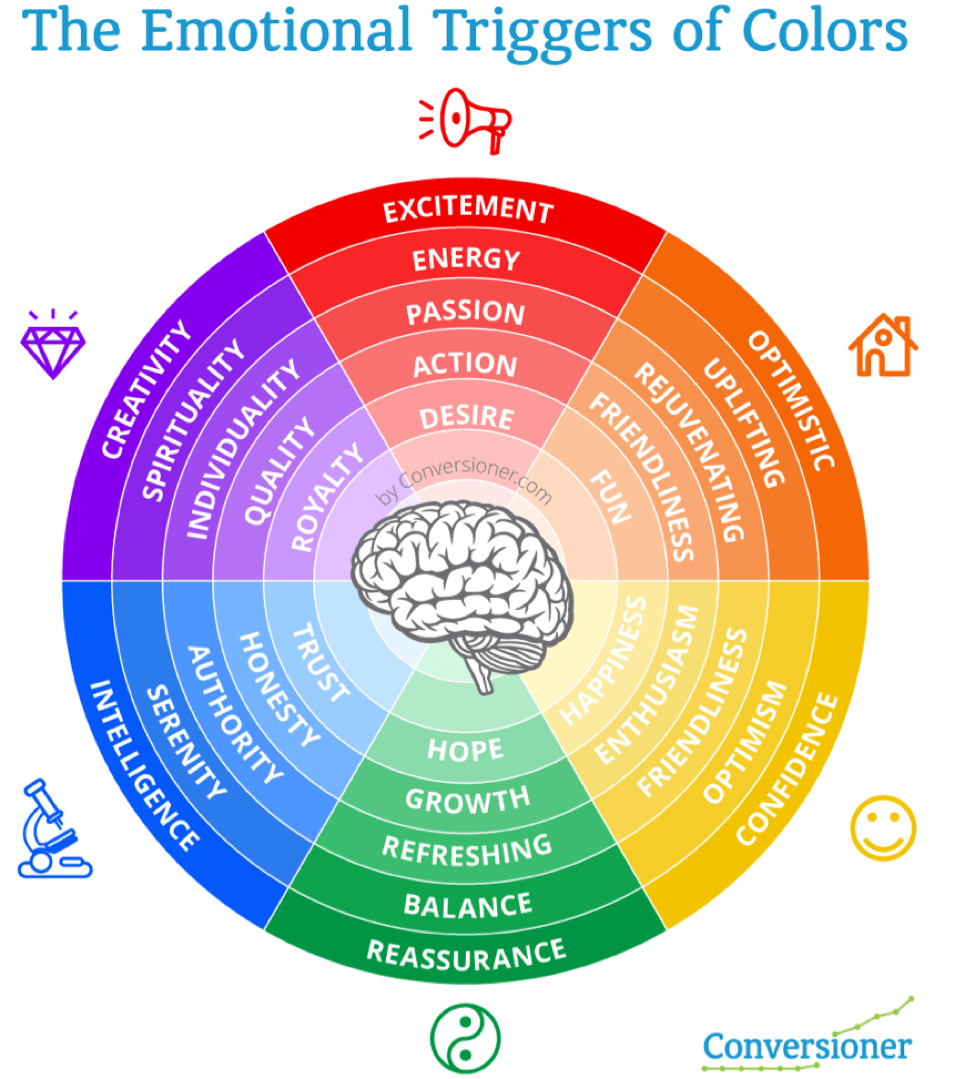
Write down the HTML codes of your colors so that you have them handy for when you’re building your site. You can get this from the color palette generator in Canva, or ask your graphic designer.
If you want to learn how color meanings affect your brand, you can read our post on color psychology.
Tell Your Story
What do leading ecommerce brands like ASOS, Forever 21, and Warby Parker have in common? They all have killer brand stories.
Telling your company’s story is a crucial aspect of brand building. It helps to shape how consumers look at you, which helps them develop a connection with your brand.
In your story, talk about what’s different about your company. Or highlight how your brand has evolved over time. Use a narrative to tie a positive experience to your products and company.
Here’s an example of a great story:
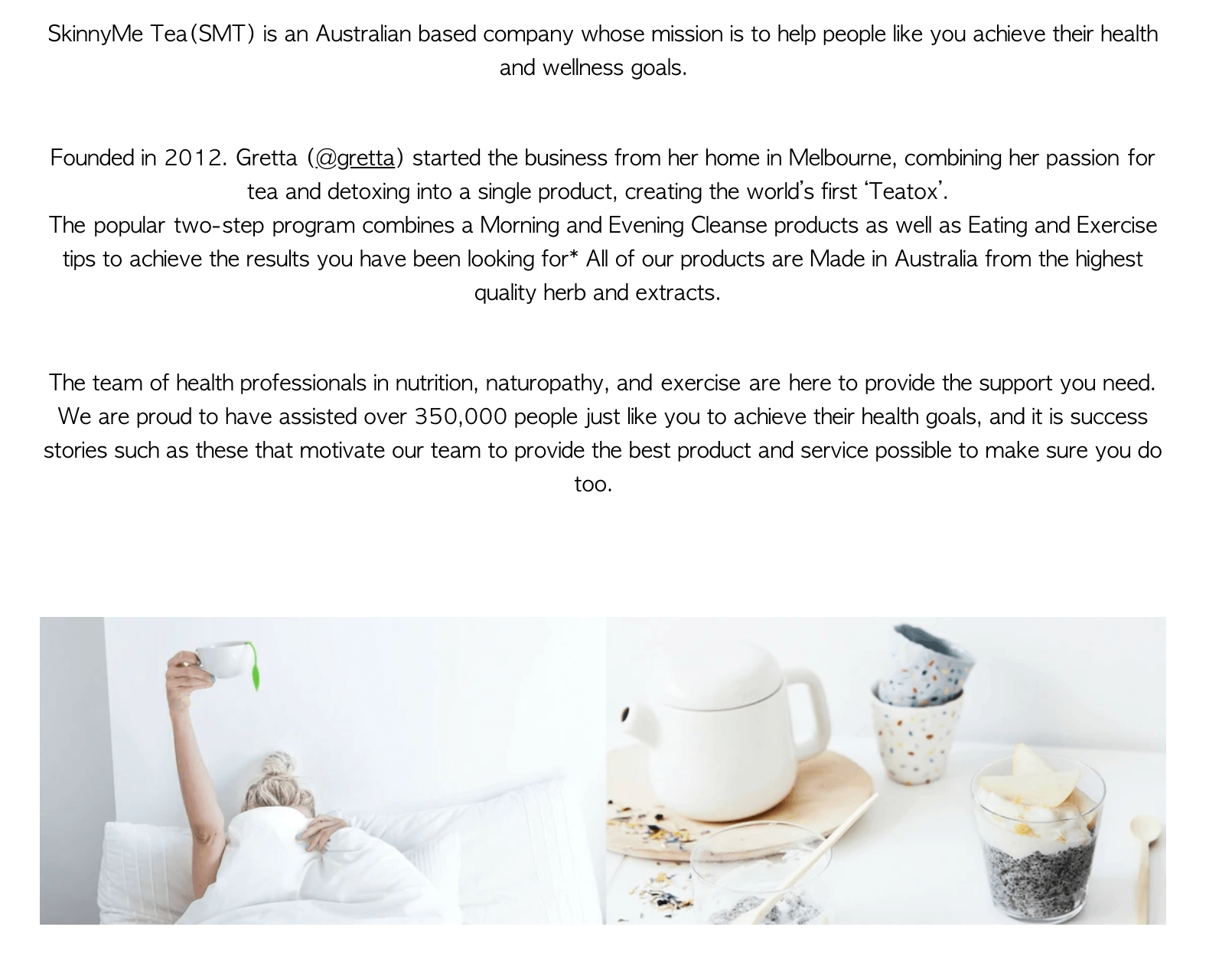
SkinnyMe Tea’s brand story appeals to people who are into detox (or, as the brand calls it, teatox). The company ties in a positive experience to its offerings by saying they’ve helped 350,000 people achieve their health goals. The story works, as it helps potential buyers imagine being better off with its products.
What about dropshippers who don’t have a story?
Inexperienced dropshippers often post false company stories on their About Us page. This is a mistake because anyone with good research skills can find out the truth and expose you for being intransparent with potential audiences.
A better approach is to think about what parts of your business are important to you (and also to your customers) and highlight these on your About Us page.
Some examples:
“At Makeup Den, we pride ourselves on finding the most colourful new makeup products so you can feel unique.”
“We founded Tech Heaven to collect the best new technology products at a low price.”
“At Yoga Club, we care about supporting the community and donate 10% of profits to Feed America.”
| 🕒 Tip Time
You can also share a personal story as long as you’re not trying to fake authenticity, e.g. “I’m Adeel, and I founded Adventure Travel Shop while I was hitchhiking in Europe” (I’ve never hitchhiked in my life!). People tend to appreciate genuineness. |
Once you’re done writing your brand story, create an “About Us” page in Shopify and add it there.



Speak Your Customer’s Language
People prefer doing business with companies that speak their preferred language. 🗣
‘Language’ here implies market preferences, industry terminology, and culture differences. Let me explain it with the help of an example.
Imagine five men and five women signing up for the same exercise session. The men are telling their peers that they want to “get shredded.” The women are all saying they want to “tone up” for the beach season. Both genders have a similar goal but use different language.
If you can figure out what language your customers speak, you’ll change people’s perception of your store.
How can you know if you’re speaking your audience’s language?
By examining their social conversations. Facebook Groups and Instagram feeds are two places to start. These are the platforms people use to casually (and naturally) speak about their passions, interests, and problems.
Here’s a quick look at how each of them can give you an insight into your target audience’s language.
Facebook Groups
People join Facebook Groups to engage in casual discussions with like-minded people.
Typically, they find it to be a safe place where they can share their thoughts with others, comment on breaking news, and open up a bit more. This is why it makes sense to observe the conversations that happen there.
For example, if you’re selling eco-friendly items through your store, you can join “sustainable living” and “eco-friendly” groups to see the type of language people use there.
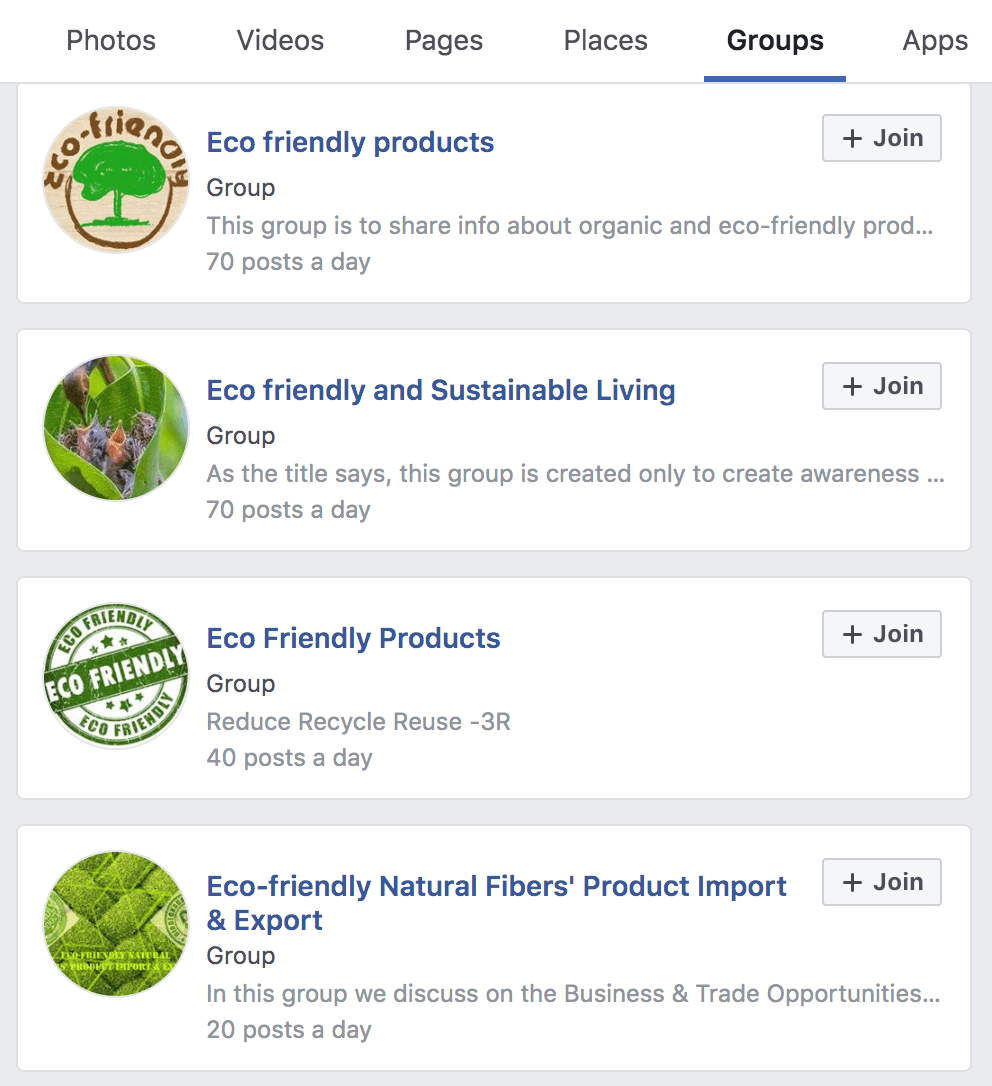
I joined one of such groups to see if I could find any specific words and references for the “eco-friendly” audience. And it worked! 🙃
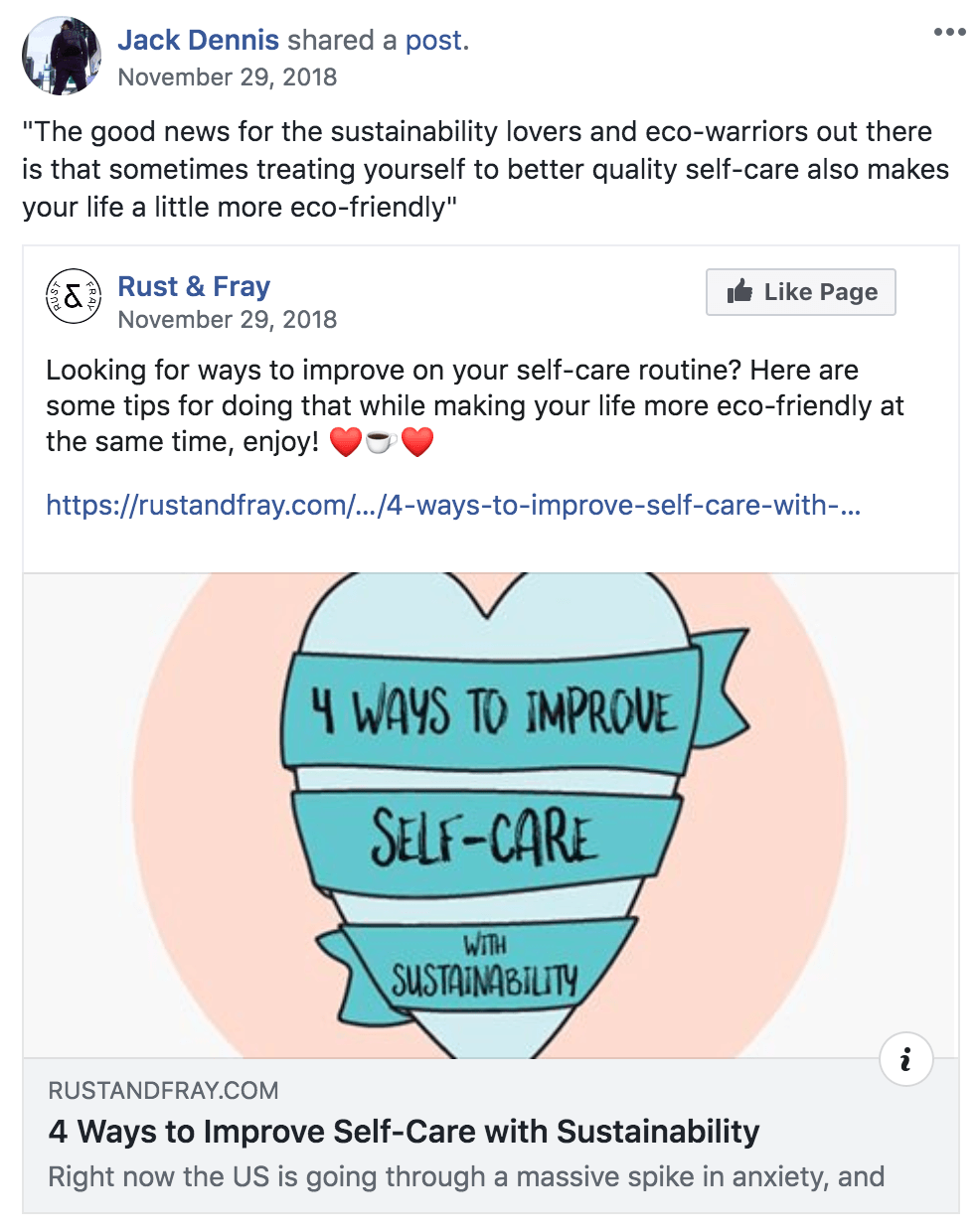
One of the first posts I came across gave me some ideas of the language that could be used for an eco-friendly audience. People selling in the same niche could sprinkle phrases like “eco-warriors” and “self-care routine” in their branding to engage audiences better.
You can take a similar approach by joining Facebook Groups that are relevant to your niche.
Instagram Feed
Another place you should explore is the Instagram feed of your ideal customer.
Let’s assume you’re selling wigs, extensions, and other hair-related products through your store. What you could do is search for product-related hashtags on Instagram to find people who are passionate about hair products, and then look at their Instagram feed to see the way they talk about it.
Here’s what comes up if I search for #wigs on Instagram.
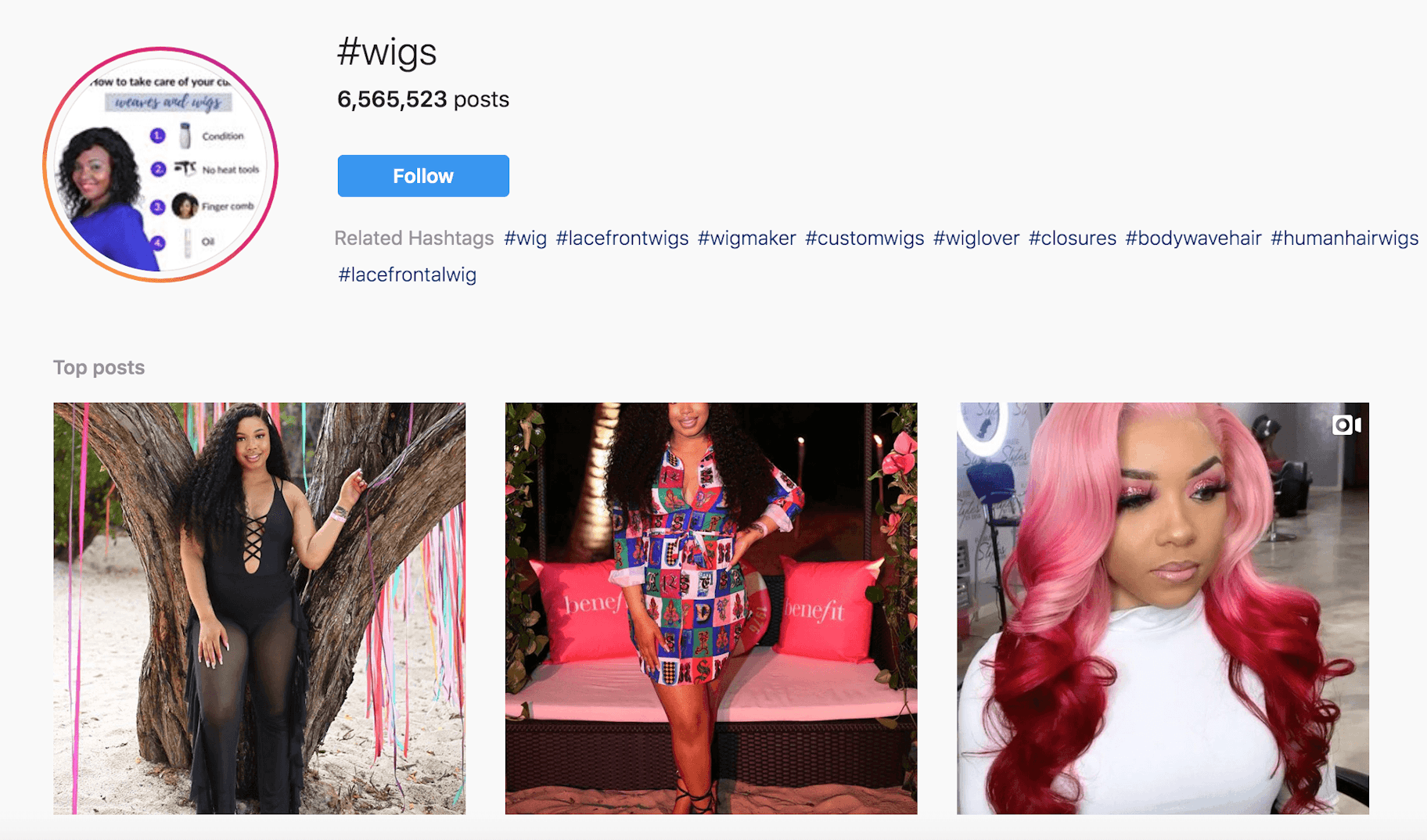
Digging further into their profiles, I came across a few words that someone selling hair products could use in their branding, like “rocking a wig.”
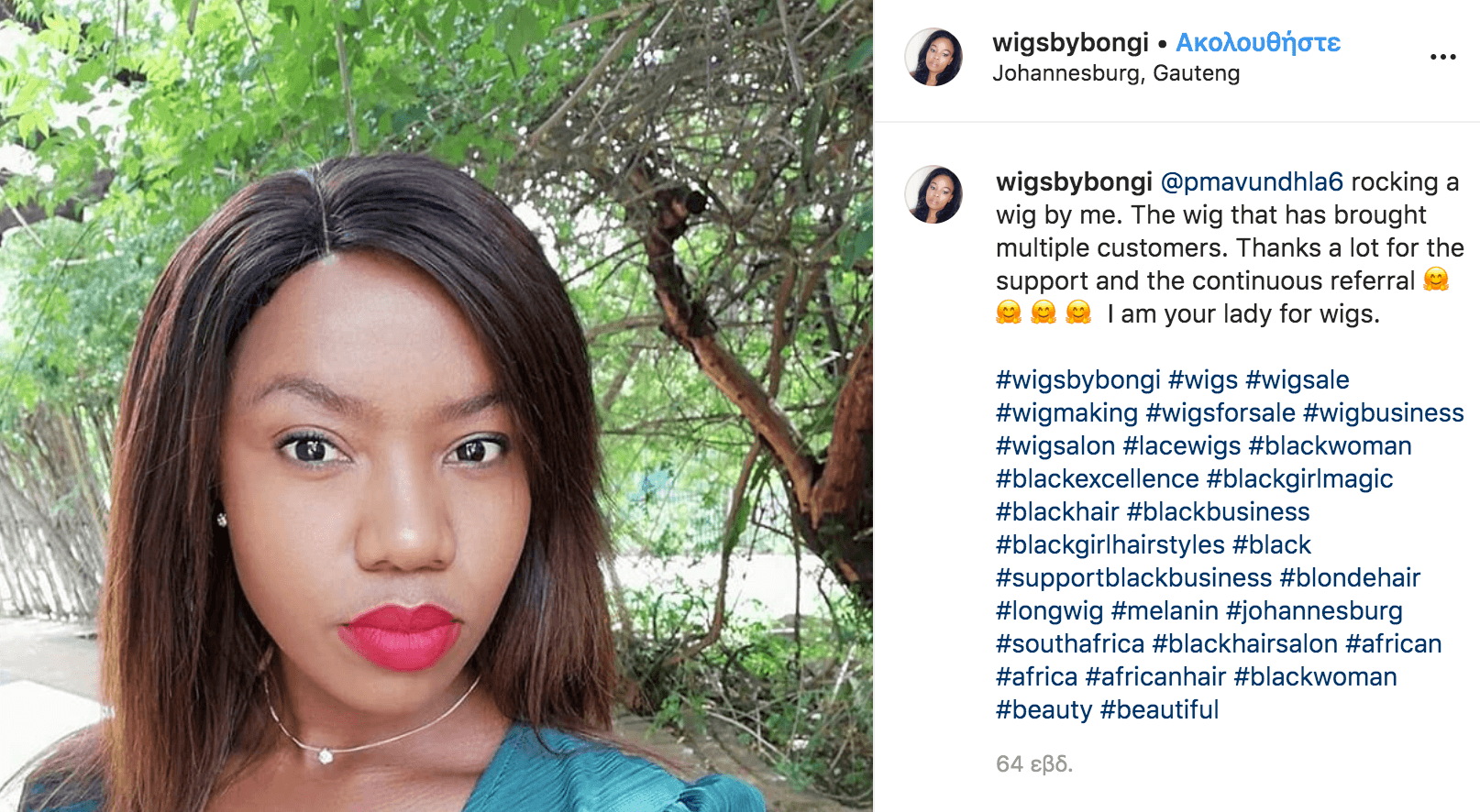
Just like their conversations in Facebook Groups, the Instagram feed of your target audience can help you understand your customer’s language – you just need to do a bit of research.
By using your customer’s language, you’ll be able to create copy and updates that sound like their own, setting the expectation that your brand is familiar with their interests.
With that, you’ve created an ecommerce brand. Now it’s time to promote it!
We’ll talk more about promoting your brand through social media in the next chapter.
You can reinforce brand awareness every time someone reads your content, punches in your URL, or sees your products.
Check out this video for more tips on how to brand your store:
With the right personality, colors, and voice, you can make your brand more appealing for both your staff and prospective customers.
👉 Let’s keep this party going. Next up: how to build your brand through social media.

